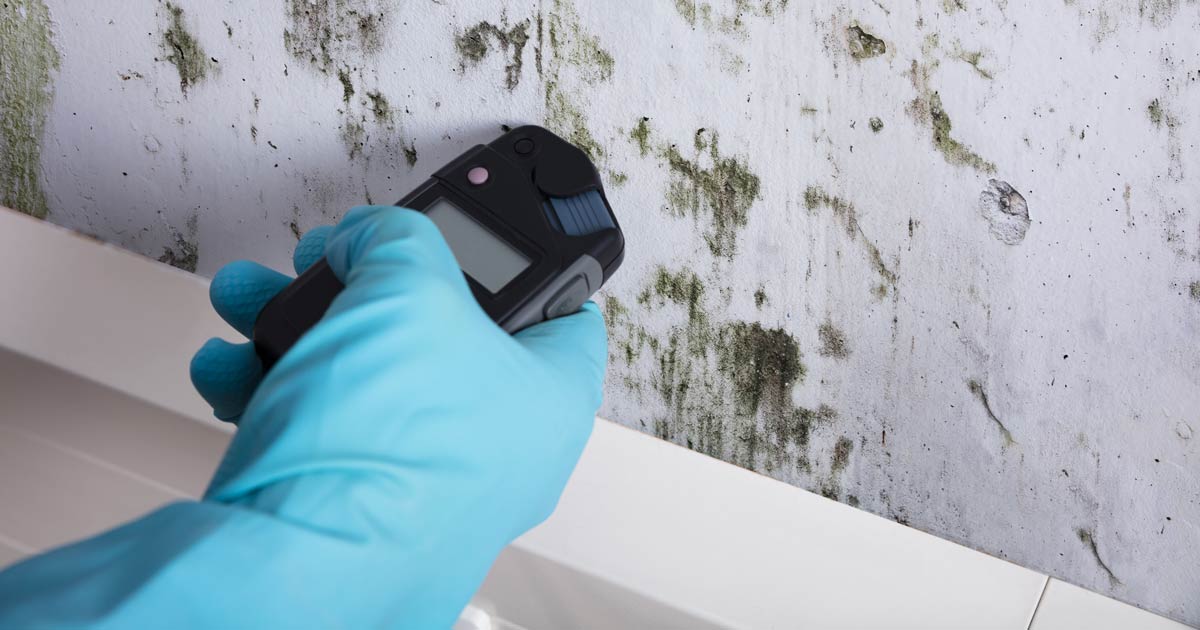Your Ultimate Guide to Post Mold Removal Methods
Navigating the realm of post-mold remediation techniques is a thorough procedure that demands attention to detail and a comprehensive understanding of the intricacies entailed. In the after-effects of mold infestation, recognizing just how to properly get rid of the mold and mildew and avoid its reoccurrence is paramount for keeping a healthy and balanced interior setting. From picking the right cleaning and decontaminating methods to implementing approaches for long-term mold avoidance, each action in the removal journey plays a vital role in guaranteeing a successful end result. As we start this exploration of post-mold removal methods, we will certainly discover the vital techniques and best techniques that can aid you recover your room to its pre-mold problem and secure it against future mold hazards.
Recognizing Post-Mold Remediation Refine
After completing the mold and mildew removal procedure, it is crucial to understand the post-mold removal techniques that are necessary to guarantee a extensive and efficient clean-up. Once the mold has been gotten rid of, the following step involves cleansing and disinfecting the influenced locations to avoid any regrowth of mold. This includes making use of specialized cleaning up agents to wipe down surface areas and eliminate any remaining mold spores. It is important to dry the area totally to discourage the growth of mold in the future (Post Remediation verification). Proper air flow and dehumidification can aid in this procedure.
Furthermore, carrying out a final assessment post-remediation is vital to make sure that all mold and mildew has actually been effectively eradicated. This evaluation needs to include a detailed visual check in addition to perhaps air tasting to confirm the absence of mold and mildew spores airborne. If the evaluation reveals any kind of lingering mold, extra removal may be essential. Finally, enlightening occupants on precautionary procedures such as regulating dampness degrees and promptly dealing with any water leakages can help maintain a mold-free environment.
Effective Cleaning and Disinfecting Approaches

Preventing Future Mold Development

Value of Proper Air Flow
Correct air flow plays a vital role in protecting against wetness buildup, a key factor in mold and mildew growth within interior environments. Reliable ventilation systems aid eliminate excess humidity from the air, minimizing the possibilities of mold spores discovering the moisture they need to spread and sprout. Without adequate air flow, interior spaces can become a reproduction ground for mold and mildew, causing potential health and wellness threats and structural damages.
By guaranteeing correct air circulation, air flow systems can also aid in drying out damp locations quicker after water damage or flooding occurrences, further discouraging mold and mildew development. Post Remediation verification. In rooms like washrooms, basements, attic rooms, and cooking areas where moisture levels often tend to be greater, installing and maintaining efficient ventilation systems my link is vital in preventing mold infestations

Tracking and Maintenance Tips
Offered the crucial role that appropriate ventilation plays in stopping mold and mildew development, it is important to establish effective monitoring and maintenance suggestions to guarantee the continued performance of ventilation systems. Monitoring humidity levels within the residential or commercial property is also essential, as high humidity can contribute to mold and mildew development. By remaining positive and alert to the condition of ventilation systems, property proprietors can properly alleviate the danger of mold regrowth and preserve a healthy interior setting.
Final Thought
To conclude, post-mold remediation techniques are crucial for making certain a safe and tidy atmosphere. Comprehending the process, applying effective cleaning and decontaminating approaches, avoiding future mold development, maintaining correct ventilation, and regular surveillance are all important action in the remediation process. By complying with these guidelines, you can effectively get rid of mold and avoid its return, promoting a healthy and balanced living or working area for all residents.
In the aftermath of mold and mildew infestation, recognizing just how to efficiently get rid of the mold and stop its reoccurrence is critical for keeping a healthy interior atmosphere. As soon as the mold has visit their website actually been eliminated, the following step entails cleansing and sanitizing the influenced areas to protect against any type of regrowth of mold and mildew - Post Mold Remediation Report. After getting rid of visible mold and mildew development, it is important to cleanse all surface areas in the affected area to get rid of any kind of remaining mold and mildew spores. To additionally enhance mold avoidance actions, it is essential to deal with underlying problems that originally led to mold development.Provided the important duty that correct air flow plays in avoiding mold growth, it is necessary to develop reliable surveillance and maintenance pointers to make sure the ongoing capability of air flow systems